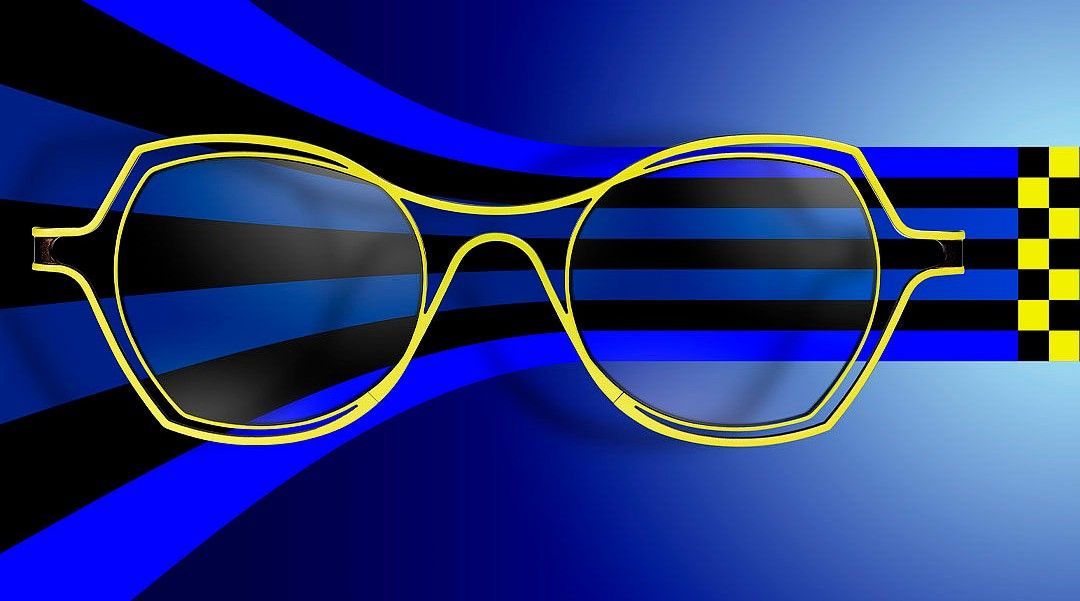Theo Eyewear: Where Artistry Meets Vision

Read time: 3 minutes
In a world where eyewear is often relegated to a mere functional accessory, there exists a brand that challenges this status quo with a commitment to transforming prescription glasses into exquisite works of art. Founded in 1987 in the heart of Antwerp, Belgium, Theo Eyewear has taken the eyewear industry by storm, captivating wearers with its bold, avant-garde designs and unwavering dedication to craftsmanship. In this blog post, we embark on an exciting journey through the captivating world of Theo Eyewear, where artistry meets vision.
The Artistry of Design
At the heart of Theo Eyewear's identity lies a profound commitment to pushing the boundaries of conventional eyewear design. This brand doesn't merely produce glasses; it breathes life into them through avant-garde creativity. Every pair of Theo glasses is a statement piece, a canvas upon which the designers unleash their boundless imagination.
Theo's frames are a stunning testament to the intersection of art and eyewear. With a diverse palette of vibrant colors, unique shapes, and intriguing textures, Theo defies norms and conventions. These frames are not just accessories; they are expressions of individuality and self-confidence. Whether you're inclined towards daring, oversized frames that demand attention or sleek, minimalist designs that exude sophistication, Theo Eyewear offers something to match your distinct personality and style.
Handcrafted Excellence
What sets Theo Eyewear apart from the rest is its unwavering commitment to craftsmanship. In an era dominated by mass production, Theo takes the less-traveled path, meticulously handcrafting every pair of glasses with precision and care. Each frame is a labor of love, expertly shaped and polished by skilled artisans who pour their expertise and passion into every minute detail.
Theo frames are constructed from high-quality materials such as acetate and titanium, ensuring not only their visual appeal but also their durability and comfort. This dedication to excellence extends to even the smallest components, including hinges, screws, and nose pads, guaranteeing a perfect fit and long-lasting satisfaction for wearers.
A Philosophy of Individuality
At the core of Theo Eyewear's philosophy lies the celebration of individuality. The brand believes that eyeglasses should not merely correct vision; they should also enhance one's unique identity. Theo frames are more than just functional; they are an embodiment of your personality, a celebration of your quirks, and a declaration of your distinctiveness.
With intriguing names like "Mille+34," "Mumu+14," and "Tim+1.74," Theo Eyewear communicates its commitment to celebrating individuality. Each frame is more than just a name; it's a story, a personality, and a testament to the brand's dedication to personalization. When you wear Theo, you're not just wearing eyeglasses; you're showcasing your individuality to the world.
A Sustainable Vision
In an era where sustainability is a top priority, Theo Eyewear is dedicated to making a positive impact on the environment. The brand carefully selects eco-friendly materials and adheres to ethical production practices to reduce its carbon footprint. By choosing Theo, you're not only enhancing your style but also contributing to a more sustainable future.
The Takeaway
Theo Eyewear has redefined the eyeglasses industry by seamlessly merging artistry, craftsmanship, and individuality. With its unique designs, handcrafted excellence, and commitment to sustainability, Theo Eyewear invites you to see eyeglasses in a new light.
If you're ready to step into a world where your eyeglasses are more than just a vision aid, where they're an expression of your personality and style, look no further than Theo Eyewear. Join the revolution, and let your glasses tell your story.
Experience the world of Theo Eyewear today, where artistry meets vision, and discover eyeglasses like you've never seen them before. Elevate your eyewear game with Theo and make a statement that goes beyond mere functionality.
Share this blog post on social or with a friend:
The information provided in this article is intended for general knowledge and educational purposes only and should not be construed as medical advice. It is strongly recommended to consult with an eye care professional for personalized recommendations and guidance regarding your individual needs and eye health concerns.
All of Urban Optiks Optometry's blog posts and articles contain information carefully curated from openly sourced materials available in the public domain. We strive to ensure the accuracy and relevance of the information provided. For a comprehensive understanding of our practices and to read our full disclosure statement, please click here.


















